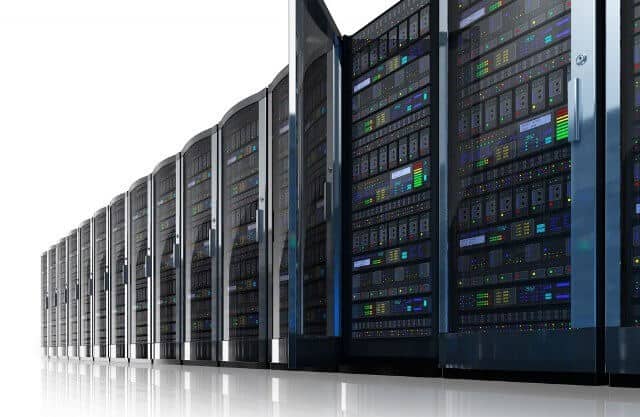Learn what is RAID? And what is the best Raid data recovery service? List of top 5 important facts about Raid and Raid data recovery
RAID (commonly known as “redundant array of inexpensive disks” or “redundant array of independent disks”) is a computer data storage technology (storage virtualization technology) that ideally combines multiple disk drive components into a single logical unit for the determination of data redundancy or performance improvement along with advanced features.
Basically, RAID offers a method of storing the same data in different places on multiple hard disks. Or in simple words, it can be said that data is distributed across the disk drives in one of the several ways (which is referred to as RAID levels) depending on the particular level of redundancy and performance required.

The different levels or architectures are characterized by the word RAID followed by a number such as RAID 0, RAID 1, RAID 2, RAID 3, RAID 4, RAID 5, and RAID 6. Here is a short introduction to different standard RAID levels:
- RAID 0 → It consists of striping, without mirroring or parity. The minimum number of drives in RAID 0 is 2.
- RAID 1 → It consists of data mirroring, without parity or striping. The minimum number of drives in RAID 1 is 2.
- RAID 2 → It consists of bit-level striping with dedicated Hamming-code parity. The minimum number of drives in RAID 2 is 3.
- RAID 3 → It consists of byte-level striping with dedicated parity. The minimum number of drives in RAID 3 is 3.
- RAID 4 → It consists of block-level striping with dedicated parity. The minimum number of drives in RAID 4 is 3.
- RAID 5 → It consists of block-level striping with distributed parity. The minimum number of drives in RAID 5 is 3.
- RAID 6 → It consists of block-level striping with double distributed parity. The minimum number of drives in RAID 6 is 4.
Related tips you might like »
Top 5 Important Facts about Raid Technology
After reading above mentioned description about RAID (redundant array of inexpensive disks, or redundant array of independent disks), now you got some basic knowledge about what is raid technology and how it improve performance reliability?
Now let’s know some interesting and important facts about raid technology and raid data recovery services:
Fact #1 – There is almost 100% chance that your RAID volume might fail
Many people spend money in RAID with the sure expectation that it will help them to control the difficulty of backing up their files and data. But you shouldn’t make such mistake. So before proceeding to RAID, make sure you have already a backup plan and then consider your RAID technology options in that context.
Fact #2 – Software RAID is always a better choice than Hardware RAID
You can notice that Software RAID has received an advanced changed while Hardware RAID is still continuing with normal facility and structure. Hardware RAID is really expensive, but software RAID costs nothing and very simple to move the disks to another machine and configure the appropriate software.
Fact #3 – On-Disk Data compression can help you to make your RAID Volume faster
On-disk data compression is always a better option. Because if the data is perfectly compressed before writing then it will take very less time of it to write, so it moves more quickly to the disk in comparison of normal data writing.
Fact #4 – The Latest new RAID technology comes from Oracle
Basically, ZFS is a combined filesystem and logical volume manager which is designed by Sun Microsystems. In starting ZFS was built for the Solaris OS, but later they published it under an open source license and it is now available for Windows, Mac OS, and Linux as well as.
Fact #5 – In most of the cases, RAID 10 is the way to go
If speed is the only preference then you should select RAID 0 because, in RAID 0, the data is striped across the various disks and written in parallel. Or, if reliability is the only preference then you should choose RAID 1 because, in RAID 1, the data is completely duplicated on two (or more than two) disks. But in RAID 10, the pairs of disks are nicely reflected to create reliable volumes (RAID1), and then those reliable volumes are coupled via RAID0 for super-fast speed.
I hope you liked these top five interesting and important facts about RAID and Raid data recovery service. Feel free to share your view with us through comments about Raid technology and raid data recovery service.
Also let us know – which kind of raid data recovery software or raid recovery service you have used for data recovery from a hard drive?
[Via: wikipedia.org | lucenaresearch.com]